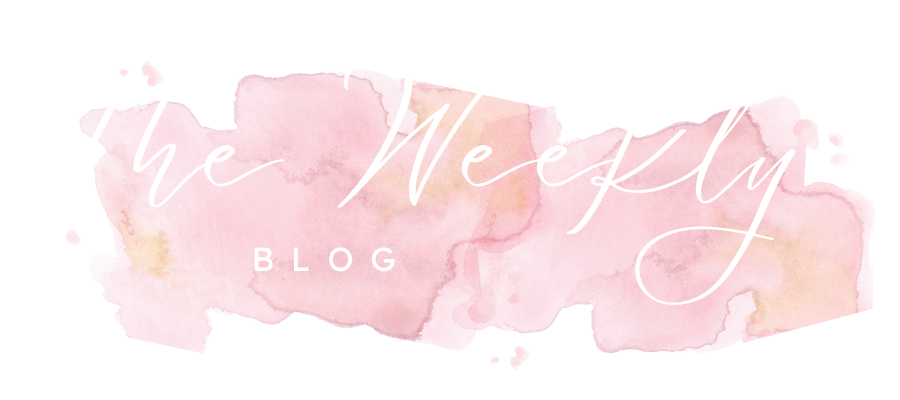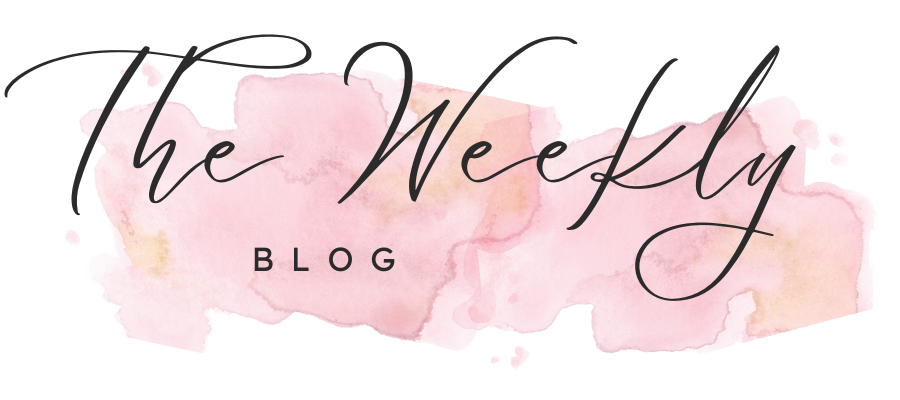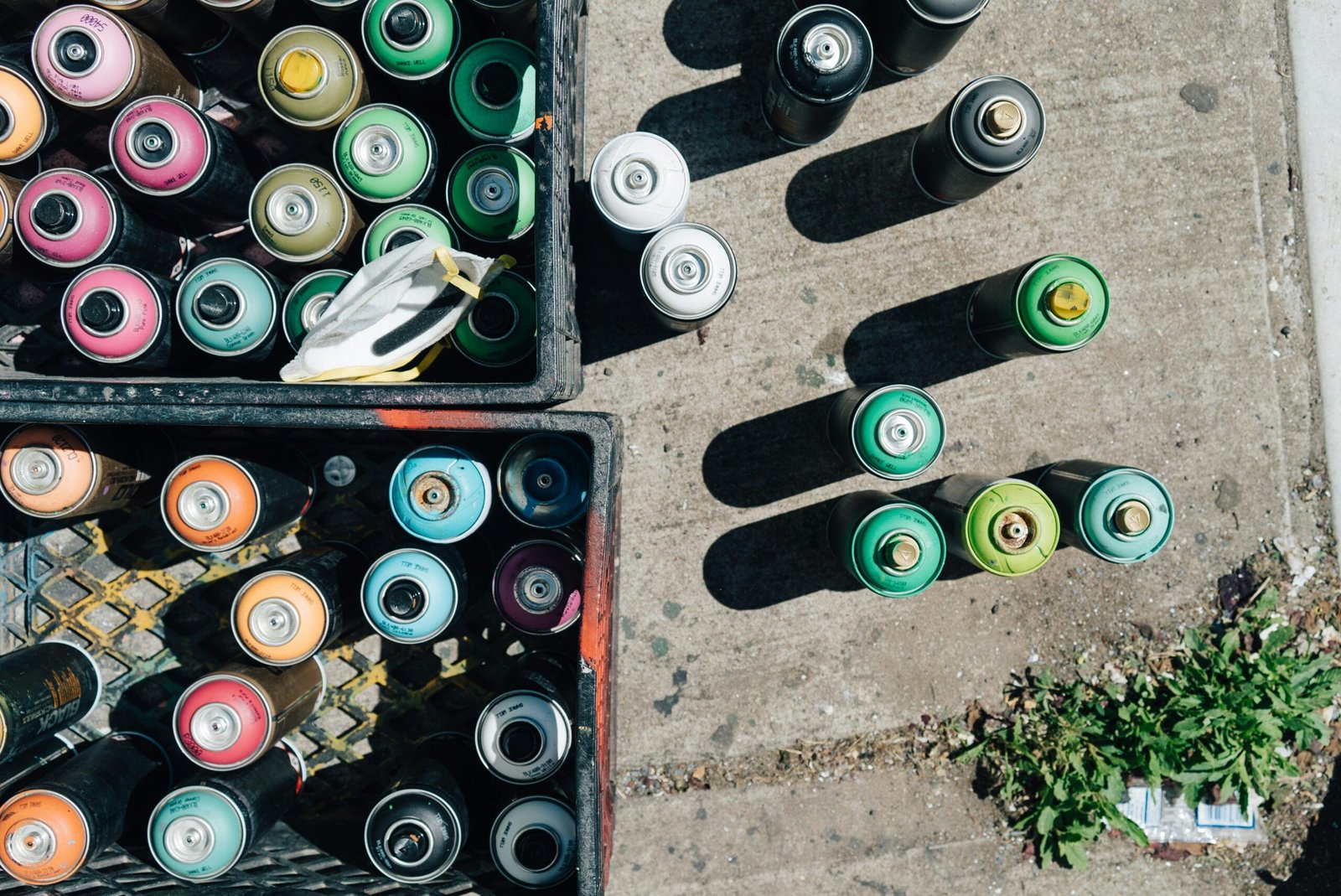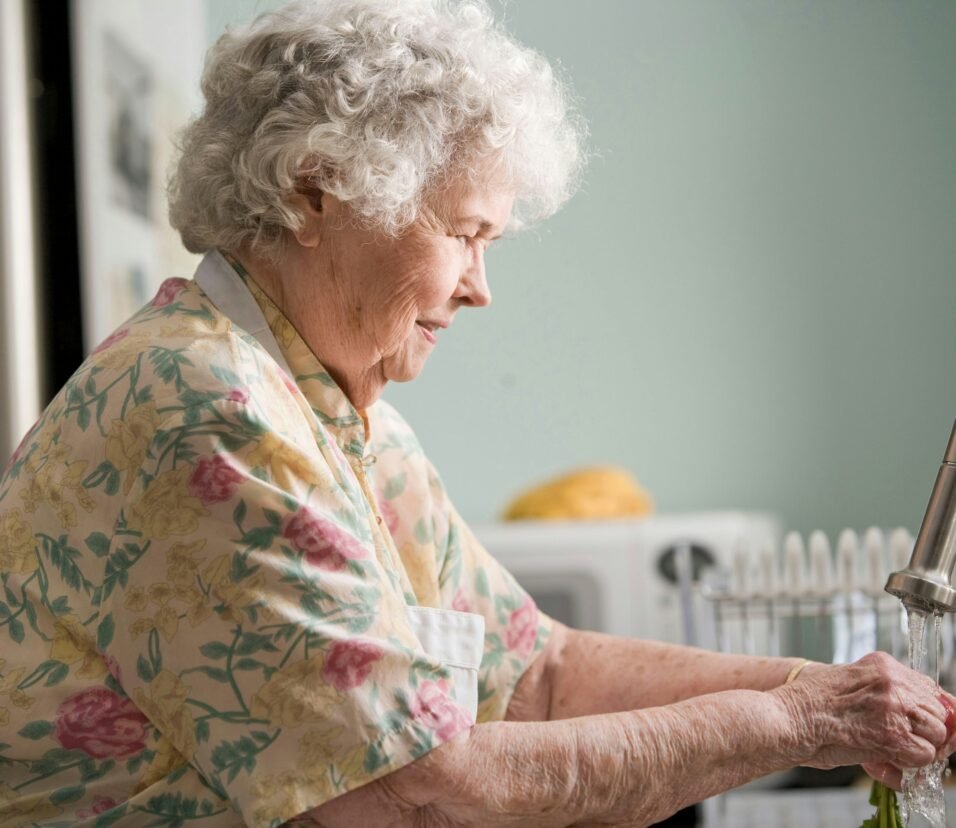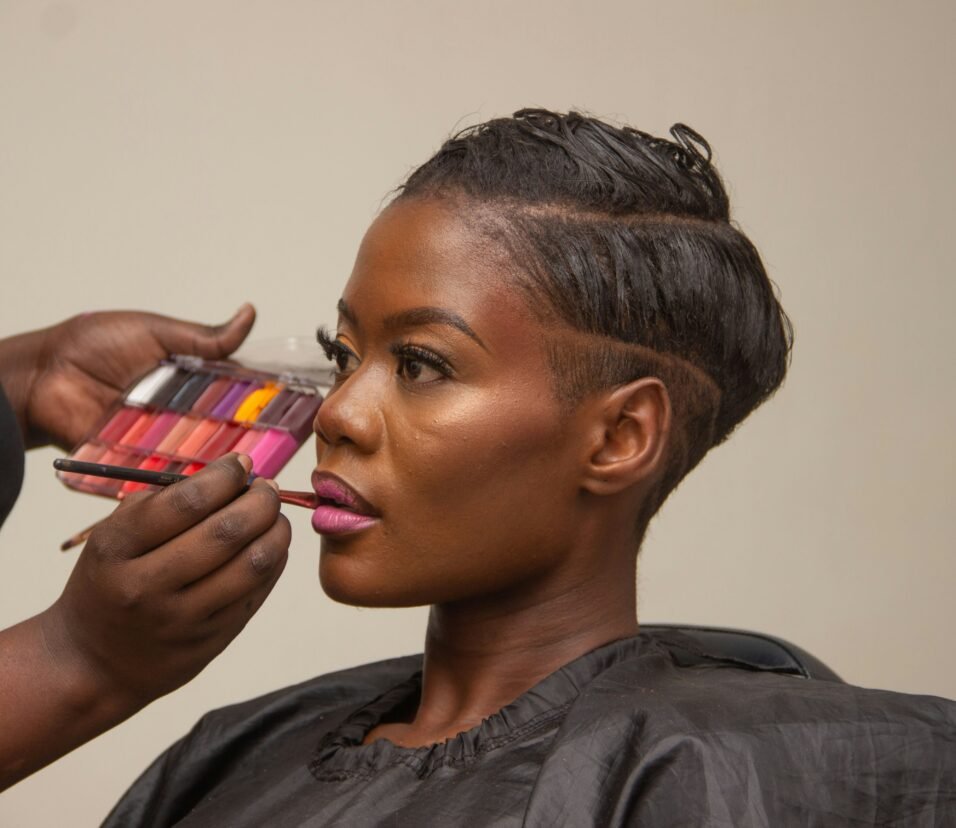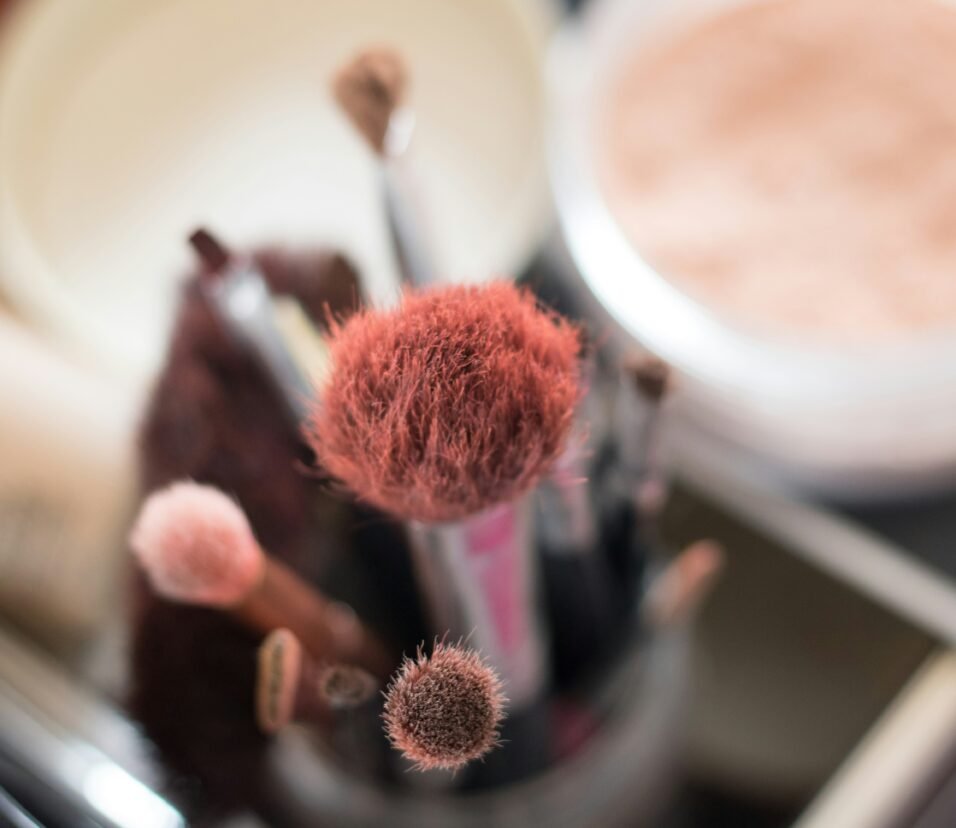Clean Beauty in 2025: The Rise of Sustainable and Non-Toxic Products
Clean beauty is no longer a niche trend—it’s now a global movement. In 2025, more consumers than ever are demanding skincare, makeup, and personal care products that are safe, sustainable, and transparent. As awareness grows around toxic ingredients and environmental waste, the beauty industry is transforming from the inside out.
But what exactly is “clean beauty” in 2025? What sets it apart from greenwashing? And which brands are actually doing it right?
Let’s explore how clean beauty has evolved—and why it’s shaping the future of the beauty world.
What Does “Clean Beauty” Mean in 2025?
The term “clean beauty” has matured significantly in recent years. In 2025, it typically refers to products that are free from harmful or questionable ingredients, ethically sourced, and produced with environmental responsibility in mind.
Key Aspects of Clean Beauty Today:
- ✅ Non-toxic: Free from parabens, phthalates, sulfates, formaldehyde, and synthetic fragrance.
- ✅ Eco-friendly: Biodegradable ingredients, minimal or refillable packaging.
- ✅ Cruelty-free: No animal testing, often vegan-friendly.
- ✅ Transparency: Full ingredient lists, sourcing info, and ethical practices disclosed.
- ✅ Inclusive & Ethical: Addressing all skin tones and promoting fair labor practices.
1. The Clean Ingredient Revolution
Consumers are no longer satisfied with vague claims like “natural” or “organic.” In 2025, there’s demand for evidence-backed, clean synthetics and botanicals that are both safe and effective.
Trending Clean Ingredients:
- Bakuchiol (retinol alternative)
- Niacinamide (brightening and anti-inflammatory)
- Hyaluronic Acid (hydration hero)
- Centella Asiatica (soothing and healing)
- Plant-based squalane (moisturizer)
- Fermented ingredients (bioavailability boost)
2. Sustainability at the Forefront
Clean beauty is deeply intertwined with eco-conscious practices. Today’s brands are tackling beauty’s waste problem head-on with circular packaging, waterless formulas, and local sourcing.
Eco-Innovations in 2025:
- Refill stations in stores
- Compostable sheet masks and pads
- Waterless cleansers and shampoos
- Upcycled ingredients (e.g., coffee grounds, fruit peels)
- Carbon-neutral supply chains
Brands Leading the Way:
- REN Clean Skincare (zero-waste pledge)
- Ethique (solid bars, compostable packaging)
- Everist (concentrated waterless formulas)
- The Ordinary (transparent and minimal formulations)
3. Clean Beauty Tech: Smarter and Safer
Technology is helping validate clean beauty claims in 2025:
- AI Ingredient Checkers: Apps like Yuka and INCI Decoder scan products and flag harmful components.
- Blockchain Transparency: Verifies ethical sourcing and supply chain authenticity.
- AI-Personalized Clean Formulas: Tailors clean skincare to individual needs without toxic additives.
4. Clean Makeup: Performance Meets Purity
Clean beauty isn’t just skincare anymore. Clean makeup in 2025 has caught up in performance—delivering pigment, wear time, and shade diversity while staying non-toxic.
Trending Clean Makeup Features:
- Silicone-free primers
- Mineral-based SPF foundations
- Plant-based pigments
- Biodegradable glitter and packaging
Clean Makeup Brands to Watch:
- ILIA Beauty
- Kosas
- RMS Beauty
- Saie
- Tower 28
5. Regulations and Greenwashing Awareness
In 2025, more governments are stepping in to regulate misleading claims. Consumers are also savvier and more skeptical, demanding proof over packaging.
Key Shifts:
- EU and U.S. pushing stricter cosmetic labeling laws
- Third-party certifications growing (ECOCERT, EWG Verified, Leaping Bunny)
- Consumers researching before buying — not just trusting labels
6. Clean Beauty for All: Accessibility & Inclusion
One of the most meaningful advances in clean beauty is its push for inclusivity:
- Shade ranges that cover deeper skin tones in clean foundations and concealers
- Haircare for textured and curly hair that avoids drying or damaging chemicals
- Affordable clean beauty via brands like The Inkey List and BYOMA
Clean beauty is no longer just for the elite—it’s becoming accessible and equitable.
Final Thoughts
Clean beauty in 2025 is not a trend—it’s a transformation. It’s about conscious choices, transparent ingredients, respect for the planet, and inclusion of every skin type and tone.
As consumers, we have more power than ever to demand better from the beauty industry—and brands are finally listening.

